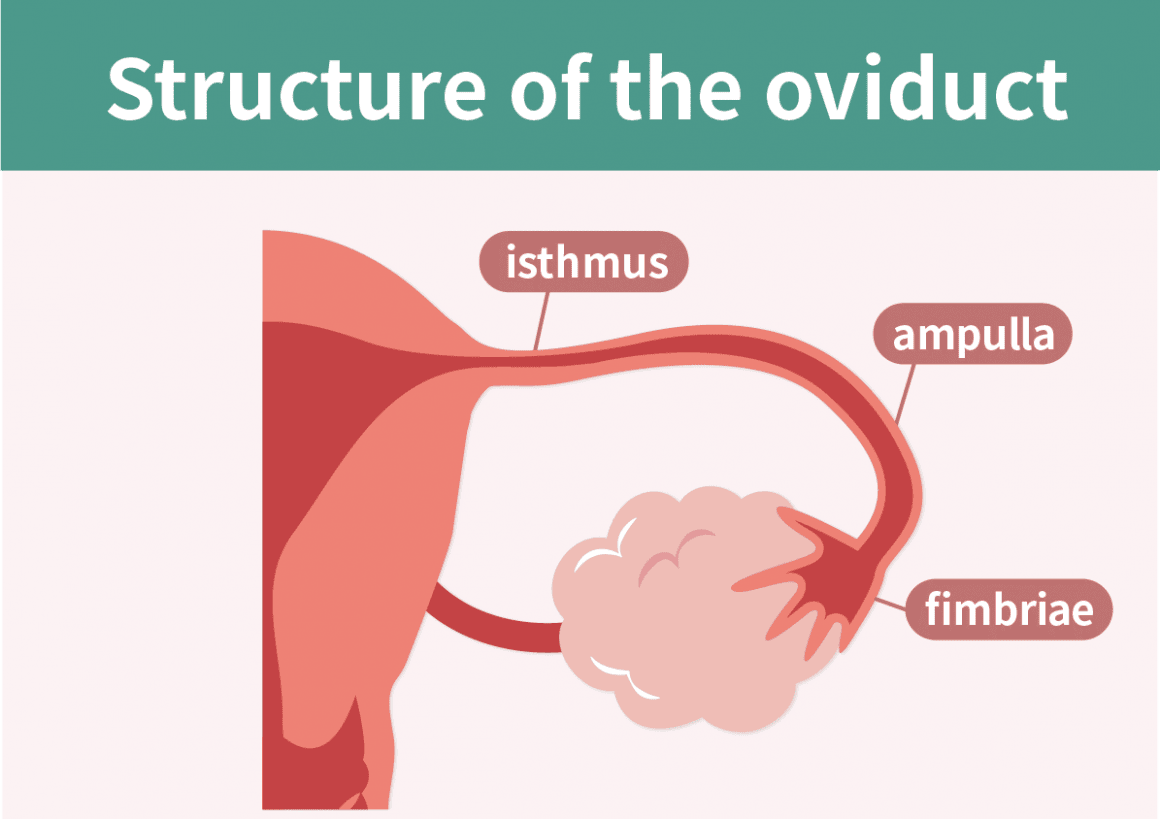Knowledge Sharing
2023.10.26
Hydrosalpinx: Diagnosis and Treatment of Blocked Fallopian Tubes
Hydrosalpinx is a condition in which the fallopian tube becomes swollen and blocked by fluids.

▲Structure of the fallopian tube
The cilia on the inner lining of the fallopian tubes help reproductive cells move. Inflammation of the fallopian tubes can affect the ciliary motion, thus impacting pregnancy rates.
Common causes of tubal blockages due to pelvic infections include:
Hydrosalpinx and Fallopian Tubes
What are fallopian tubes?
The fallopian tubes, also known as oviducts, are the connecting passageways that connect the uterus and the ovaries. Each month during a woman's menstrual cycle, an egg is released and travels into the fallopian tube. If sexual intercourse occurs during this time, sperm travels from the cervix through the uterine cavity, across the fallopian tube, and potentially meets the egg, resulting in natural fertilization and embryo formation. The embryo is then transferred into the uterine cavity via the fallopian tube for implantation.
▲Structure of the fallopian tube
The cilia on the inner lining of the fallopian tubes help reproductive cells move. Inflammation of the fallopian tubes can affect the ciliary motion, thus impacting pregnancy rates.
How is hydrosalpinx diagnosed?
The hysterosalpingogram (HSG) is the simplest way to assess tubal health. A thin tube is inserted into the uterine cavity through the vagina, a contrast agent is injected, and X-ray images are taken. If issues are detected during HSG, the following steps should be taken based on the specific circumstances:- Unilateral Tubal Occlusion: See a doctor for an evaluation.
- Bilateral Tubal Occlusion: Consider IVF as a direct option.
- Hydrosalpinx: Surgical intervention may be required.
What causes hydrosalpinx?
The main reasons for fallopian tube blockage include:Pelvic Infections
Hydrosalpinx can occur as a result of infections in the pelvic region. Pelvic infections, which are frequently caused by organisms such as Chlamydia and Gonorrhea, are transmitted through contact with infected sperm, vaginal secretions, or blood.Common causes of tubal blockages due to pelvic infections include:
- Chlamydia
- Gonorrhea
- Pelvic inflammatory disease




